We trained to Huancayo on a Friday. I remember because the train only goes on a Friday. The purpose of the Huancayo leg of our journey was the train ride rather than the destination. My parents rode the train 30+ years ago when it went up every week and basically only locals rode it, and my mother’s horror stories of the chicken claw soup they were served (claw intact) made this an experience not to be missed! Were they still serving the chicken claw soup? (We didn’t seriously believe they were). At the time my parents rode the train to Huancayo, it was the highest elevation train in the world. It took 38 years to build the rail line, which opened in 1908, and it’s considered a mighty feat of engineering. It travels from sea level up to about 15,000 feet above sea level before arriving at Huancayo, which is at about 11,000 feet above sea level. It has 56 bridges, some over spectacular ravines, 69 tunnels, a dozen switchbacks (zig-zags). It doesn’t curve around the mountains, it goes back and forth up the mountains. So there are many times when you look out your window and see two sets of tracks. One set that you were just on, and the next set to take you up further. It was very cool!
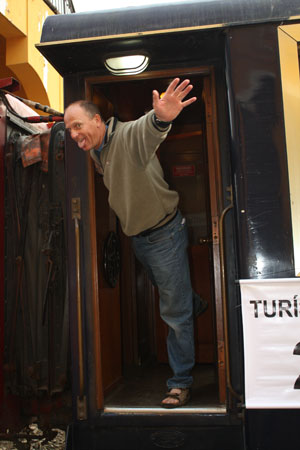
When I first started researching the train trip, I couldn’t find any information. It wasn’t in my Frommer’s Peru, and an Internet search turned up zilch. But my mother insisted that this train existed, and so I continued searching. It was one of the highlights of their trip. Why would we want to miss it?
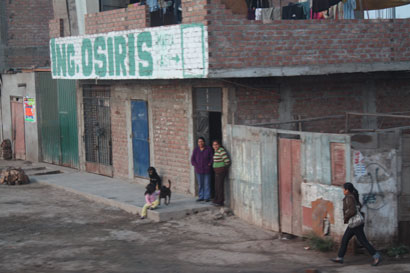
Six months passed, and I began researching again. Turned out the reason I couldn’t find information the first time was because the train closed for at least 15 years at some point after my parents’ visit. It only takes 6 hours to travel to Huancayo by bus now, so why have the train? For the historical value! Thanks to a lot of hard work on the part of some devoted individuals, the historical train to Huancayo began running again less than a handful of years ago, but the schedule wasn’t set in stone. By a long shot.
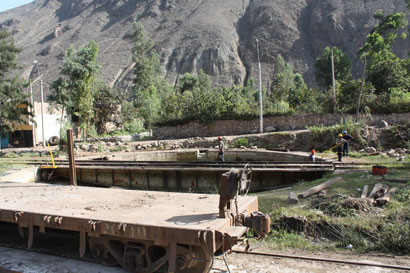
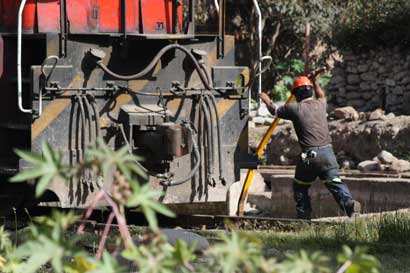
Eventually, as our trip neared, we discovered that the train was now running once a month. We quickly booked the best time for us and designed the rest of our trip around our weekend train ride. As it so happened, the train went up on a Friday on the weekend we booked and traveled back down on the Sunday night at 7 p.m. Other weekends, it runs back down on the Monday during the day.
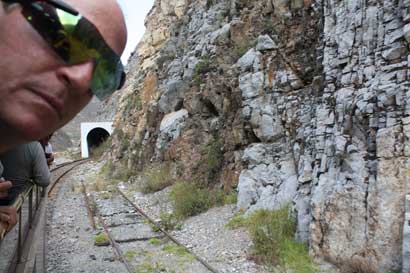

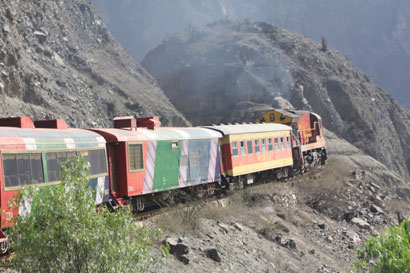
The train is now called the highest “historical” elevation train in the world, because the pan-Himalayan line which runs across Tibet, built in 2005, now climbs to over 16,000 feet. But! The Huancayo train still has the highest elevation stop in the world at which passengers can get out and pass out from the thin oxygen in the air, if they so choose. The Peruvians are very proud of this (as they should be; it’s fun to watch gringos pass out). The Peruvian train is the “original” highest-elevation train in the world. Because it was built over a century ago, it has historical significance. Honestly, it’s an experience not to be missed. If we had to sacrifice visiting Arequipa to ride this train, so be it. The only tourists we met during our entire 3 weeks who’d even heard of the train to Huancayo were the people ON the train.
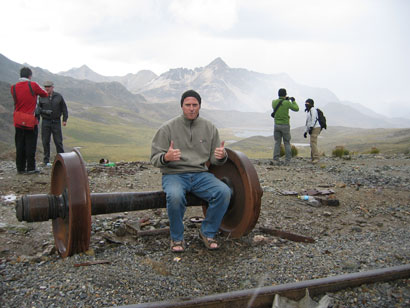
Now, the train is running twice a month. So hopefully more and more people will discover it. It was a blast.
These days, the DH and I were able to choose to pay a bit more and travel in the tourist cars—more comfortable seating and a bar car! Other tourists from around the world were with us, but Peruvians were with us, as well. No chicken claw soup! I can no longer remember what we were served or how much of it I ate, but I made sure to take advantage of the coca tea in the bar car (a hot drink that helps you deal with altitude sickness). We’d also bought sorochi (spelling?) tablets at a Lima pharmacy, which also help with altitude sickness.
I hadn’t traveled on a train since we backpacked through Europe in 1981. I’d forgotten how much I enjoy train travel. We got to know other passengers, and the most delightful passenger was a little Peruvian boy named Fabian who sat across the aisle from us with his mother (his father was a few seats back). Fabian didn’t know a lick of English, and neither did his mom. We didn’t know a lick of Spanish. But the DH had his handy-dandy English-Spanish phrase book, and a great deal of this 12-13 hour ride to Huancayo consisted of attempting to converse with Fabian because he totally loved my DH (as most children do) and wanted to know where we were from, how old we were, etc., etc. He was, quite simply, adorable.
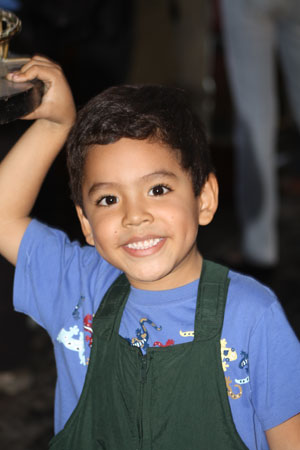
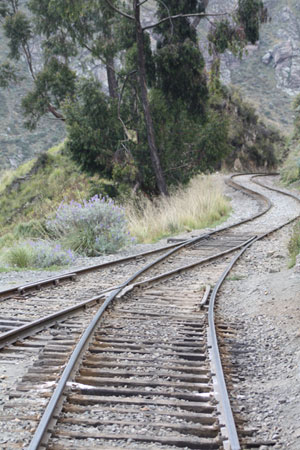
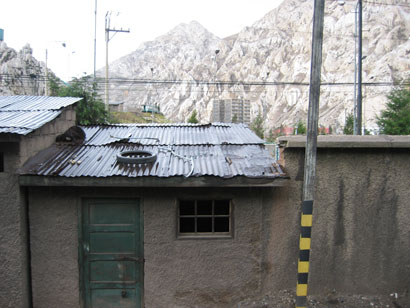
By the time we arrived in Huancayo, it was just after 7 p.m. and we were exhausted. We quickly found our hotel and bunked in for the night. We also decided that 9 p.m. on a Friday night was the perfect time to arrange our first attempt at getting our laundry done in Peru. The laundry guy came and took our bag of stuff, promising we’d have it back by 9 p.m. Saturday night. Hah! We did not see our laundry again until a couple hours before leaving for the train again late Sunday afternoon. And it took several conversations—with an interpreter—to get it back intact. Adventures in Laundering. We learned a valuable lesson. When hotel personnel takes away your laundry in Peru, that doesn’t mean the laundry is washed IN the hotel. Take note! (You can just sense a Trip Tip coming, can’t you?). Next time!